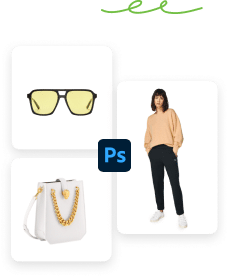When it comes to product photography, choosing the right background color is just as important as the product itself. The background color can help your product stand out and give your images a professional and polished look. However, with so many options available, it can sometimes be overwhelming to choose the perfect background color for your product photo. Let’s take a look at some options to help you choose the right background color for your product photo shoot.
What you’ll learn in this article
Why is Background color important in photography?
Color is crucial in product photography because it can influence consumer behavior and perception. The right color combination can draw attention to a product, evoke certain emotions, and communicate its features and benefits effectively. By using appropriate color combinations, product photographers can create a compelling visual that can help build brand identity and recognition.
Consumers often make buying decisions based on how the product looks, and color plays a significant role in this decision-making process. Hence, color accuracy in product photography is essential to ensure that customers get what they expect, which can improve their satisfaction and brand loyalty. 63% of consumers stated that “high-quality product photos” are very important when deciding whether or not to buy a product online.

What should you consider when choosing a product background color?
When choosing a product background color, it’s essential to consider the product’s color, shape, and size, as well as the overall brand aesthetic. The background color should complement the product and make it stand out without being too distracting. Additionally, consider the context in which the product will be used and the emotions you want to convey to the audience must play a part.
Consider the product’s color
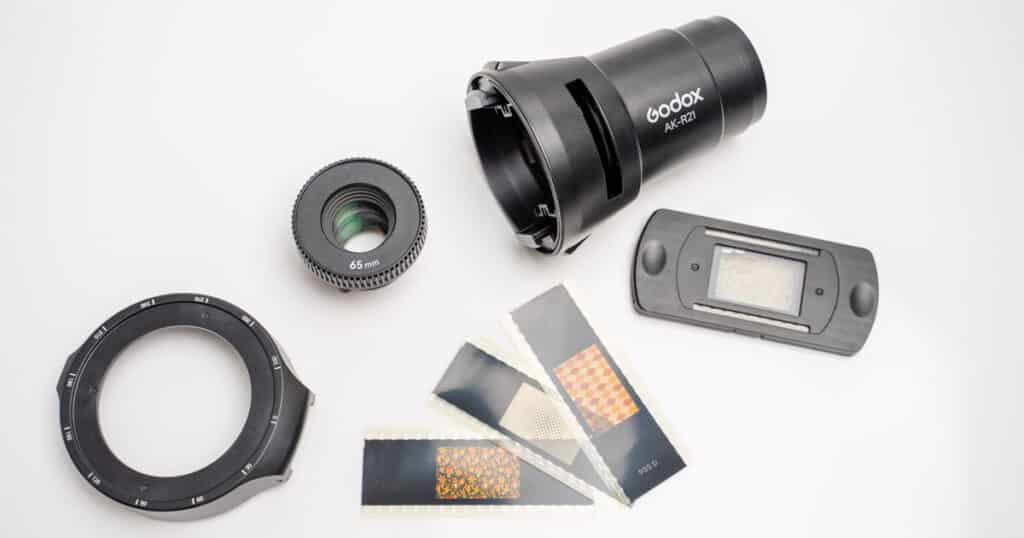
The first thing you should consider when choosing a background color is your product. Think about the color and texture of your product and how it will look against different background colors.
For example, if you are photographing a dark-colored product, a light background color such as white or light grey will make it stand out. In contrast, if you are photographing a light-colored product, a darker background color such as black or dark grey will create a nice contrast. But it doesn’t have to end with black, white or grey.
Another factor to consider is the style of your product. If you photograph a product with a vintage or rustic feel, a neutral or earthy background color such as beige or brown will complement that product. On the other hand, if you are photographing more of a modern or trendy product, a bold and bright background color such as red or blue may be more appropriate.
Depending on the product to be photographed you can have more leeway with background options. You could use bokeh blurred backgrounds, flowers, or even a human backdrop, as with jewellery.
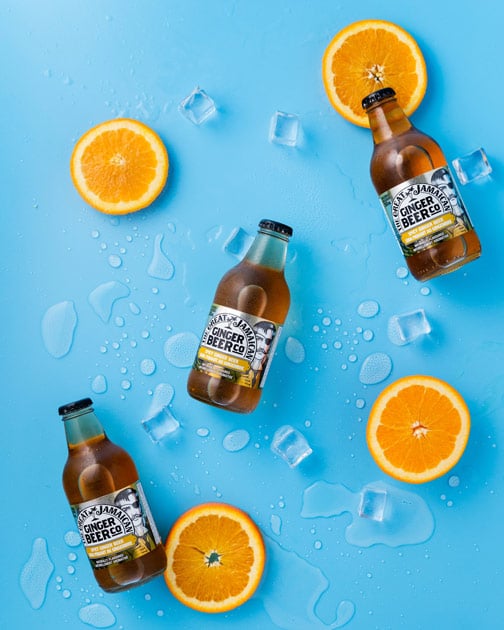
Models vs. no models
The choice to use models or not in product photography really depends on the product and the brand’s marketing goals. Models can add a human element to the product and show how it looks in real-life situations. They can also showcase how the product fits and how it looks when worn, which can help customers make informed buying decisions. Additionally, models can add to the overall aesthetic of the photo and create a sense of lifestyle or aspiration that the product can provide.
However, not all products require models in their photography. Some products, like electronics or furniture, may not require models as their features and functions speak for themselves. In these cases, a clean, simple background can often help highlight the product’s features and ensure the focal point of the photo.
Ultimately, the decision to use models in product photography should be based on the product and the target audience’s preferences. Brands should consider what will resonate most with their target audience and what will best showcase their product’s features and benefits.
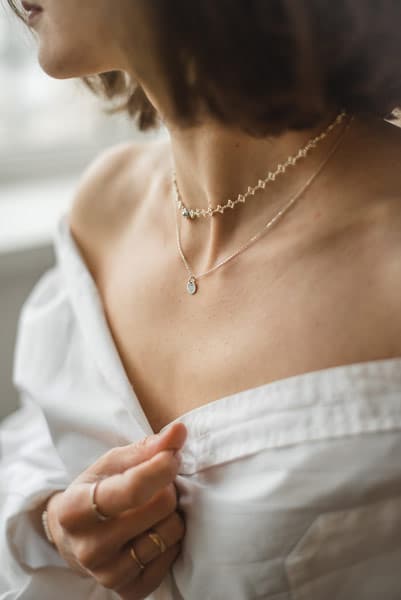
Product Photography Lighting
The lighting you use in your product photos can also affect how the background color appears. If you are using natural light, the color of the background can change depending on the time of day and weather conditions. For example, a white background may appear warmer or cooler depending on the time of day.

If you are using artificial lighting, you can adjust the color temperature to make the background color appear warmer or cooler. This can be especially important if you are using different lighting sources, such as a mix of natural and artificial light, as this can affect the color of the background.
It is also important to ensure that the lighting is even and consistent across the product and background. Shadows and highlights can create distractions and take away from the overall look of the product photo. Use diffused lighting to minimize harsh shadows and create a soft, even light.
When using artificial light you can alter the appearance of your background color by the position of the lights in relation to the product. For instance, a small product light from the side, front or behind several feet from a white background can actually make the background appear dark grey. If the background is also well-lit, it again becomes a crisp clean white. Likewise, a black background can often appear shiny or dark grey if lit, rather than deep matte black. Again depending on the position of the product and the lights. If your product is smaller, consider a light tent to adequately diffuse and spread the light evenly.
Remember that light can also convey mood. Bright saturated colors on a dark background are often used for high-end luxury items like cars and jewellery. While well-lit but more neutral tones in lighter colors can work well for health and beauty.
Consider where your product photos will be used
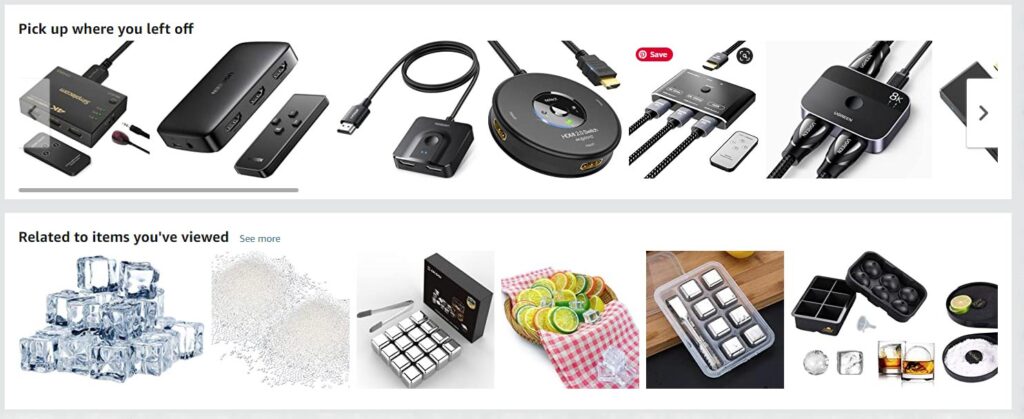
Another factor to consider when choosing the perfect background color for your product photo is the intended use of the photo. Will the photo be used on a website, in a catalog, or in print advertising? Each medium has different color requirements and limitations, so it is important to choose a background color that will work well in each medium.
For example, if you are photographing products for a catalog or print advertising, the background color should be consistent across all product photos. This will create a cohesive look and make the products stand out. If you are using the photo on a website, you may have more flexibility to experiment with different background colors to make the product stand out and catch the viewer’s attention.
Does the product appear bold enough on a plain white or black background? Are shadows required? Does the product have its own color values? You could make your product photography monotone, analogous or complementary. Your chosen color palette could make or break your product photography.
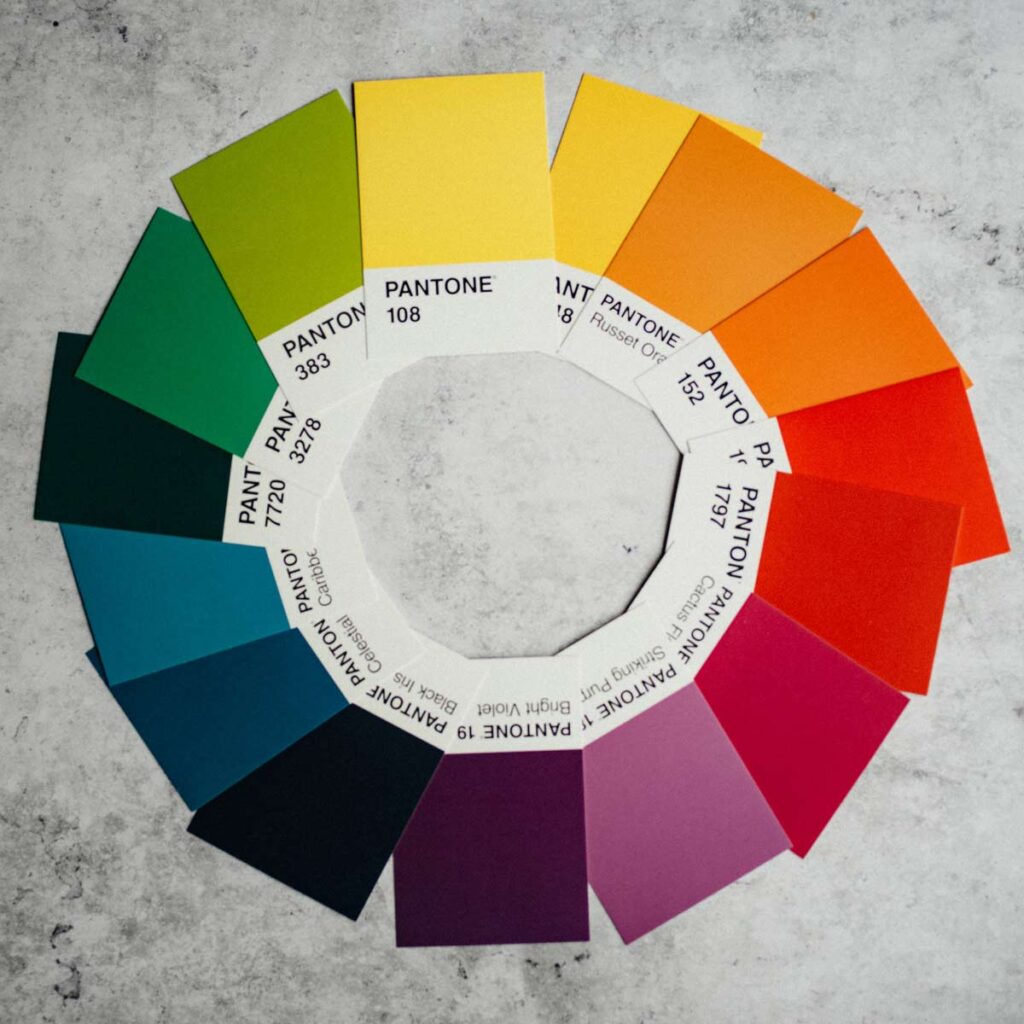
What color background is best for product photos?
The best color background for product photos depends on the product, the brand’s aesthetic, and the intended use of the photo. Popular options include white, black, gray, and light pastel colors, but ultimately, the choice should be based on what best highlights the product and resonates with the target audience.
Products on White Background

Using a white background in product photography is a popular choice as it provides a clean, minimalist look that can help the product stand out. White backgrounds can also create a sense of professionalism and neutrality, making them suitable for a white range of products. Additionally, they can easily be edited and can provide a consistent look across all product photos.
Note, using a white background is not always necessary or appropriate. Some products may require a different background to create a contrast and highlight their features more effectively. For example, a white product may not stand out on a white background and may become lost. Sometimes a black or dark-colored product may be too much of a contrast on a white background.
Ultimately, the decision to use a white background in product photography should be based on the product and the brand’s marketing goals. By considering factors such as color, shape and intended use, brands can determine whether a white background is the best option.
Completement your brand colors

Is there a specific brand color associated with the product? Colors and style should also play a role in choosing the perfect background color for your product photo. Consider the color palette of your brand and how it can be incorporated into your product photos. Using the brand’s colors can help create a cohesive and recognizable look across all your product images.
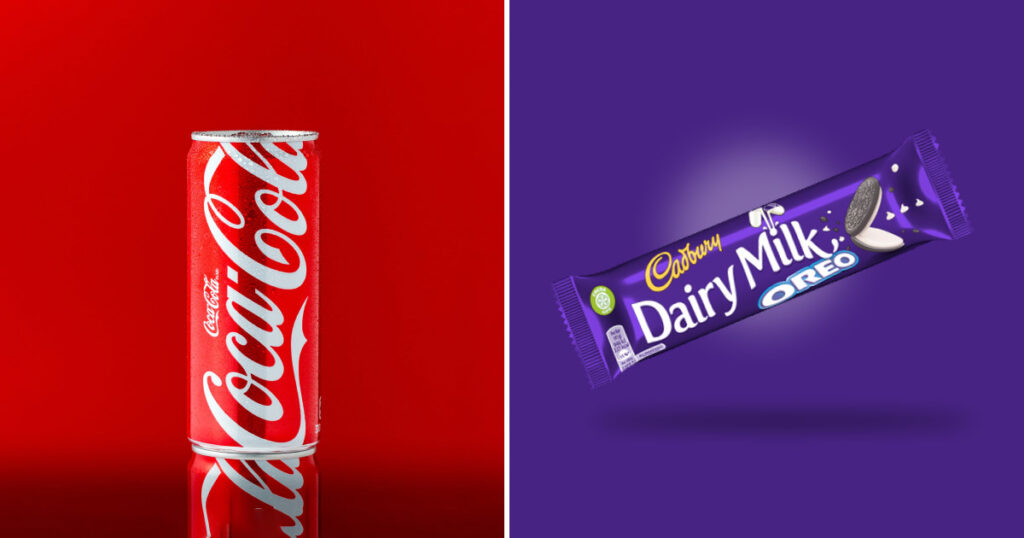
Many big-name brands have set style guides, specific Pantone colors, and even specific fonts. Think Coca-Cola or Cadbury Chocolate, you can recognise the product from the color and font used immediately. But it is not just big-name brands. Smaller businesses may have already set up a style guide, so check with the client beforehand. If they don’t have a style guide this can be an upsell for your services to create one for them.
Using colored backgrounds
Using colored backgrounds in product photography can add depth, context, and interest to the image, making it stand out from the competition. The choice of color should complement the product and create a visual language that resonates with the target audience. For example, pastel colors can add a sense of playfulness and fun, while darker colors can create a sense of sophistication and luxury. Additionally, colored backgrounds can help create a cohesive visual identity for the brand and differentiate it from competitors. When using colored backgrounds, it’s essential to ensure that they don’t overpower the product but enhance its features and benefits effectively.
You can also use color psychology to help you choose a background color that evokes the right emotions and feelings associated with your brand. For example, green is often associated with health and nature, while blue is associated with trust and professionalism, while luxury is also often associated with much darker colors.

Using textured backgrounds

Textures such as wood, concrete or fabric can provide a tactile element to the photo that can help the viewer imagine how the product would feel in real life. Additionally, textured backgrounds can add context to the product, creating a sense of the environment or lifestyle in which that product can be used.
Using a textured background can also create a unique visual identity for the brand and differentiate it from competitors. It can also create a memorable and recognizable look that customers can associate with the brand.
Start with neutral colors
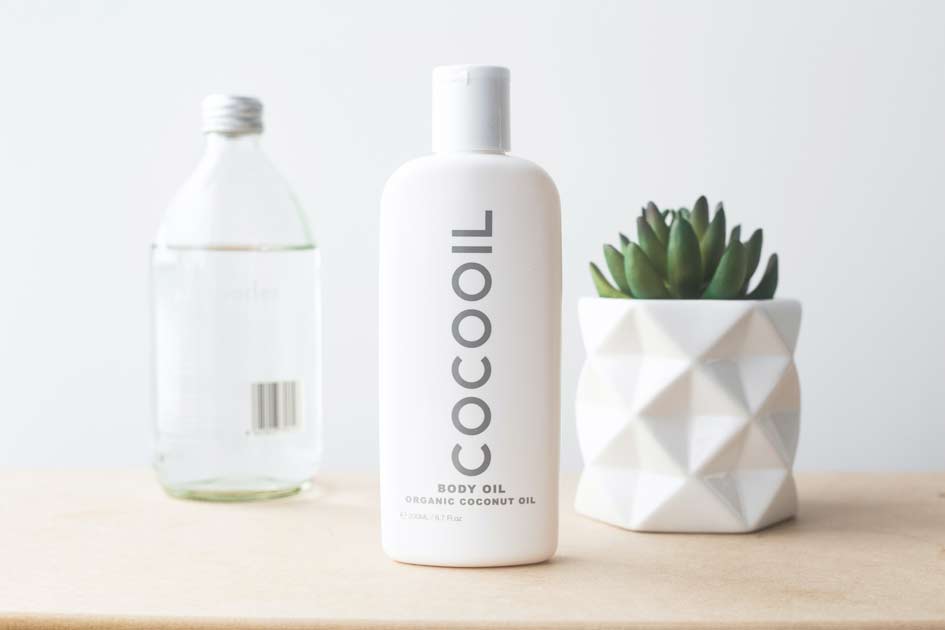
Starting with neutral colors in product photography can be a safe and effective approach. Neutral colors such as white, black, and gray can provide a clean, minimalist look that allows the product to stand out without distractions. These colors can create a sense of professionalism and neutrality, making them suitable for a wide range of products and audiences.
Additionally, neutral colors can be easily edited and can provide a consistent look across all product photos, which can help create a cohesive visual identity for the brand. Once a neutral background is established, brands can experiment with other colors or textures to create a more visually interesting image and differentiate themselves from competitors or across different platforms.
E-commerce platform guidelines

Consider the platform where the product photos will be showcased. The platform is also an important factor to consider when choosing a background color. Different platforms have different display options and limitations, so it is important to choose a background color that will look good on each platform.
For example, if you are selling on various e-commerce websites, like Amazon, Walmart or eBay white is the most commonly used background color and is often required by these platforms. But there is definitely more leeway when it comes to certain products. Indeed many website selling platforms often use a classic clean white background so there is a uniform look across the website. Using a different background color may make the product stand out, but it could also make it look out of place on the platform. So double-check where it will be placed.
On the other hand, if you are showcasing your products on social media platforms such as Instagram or Pinterest, you have more freedom to experiment with different background colors. You can use bright and bold colors to catch the viewer’s attention and stand out from the competition.
It is possible that there may be two or more different requirements for the product. Having color options available can help you stand out from the crowd. You may choose a classic white background for online sales, but something much more bright and bold for social media or print.
Choosing to outsource a custom background color changing service from a professional
If you’re looking to outsource custom background color changing services for your product photography, it’s essential to find a professional with experience in this area. A professional can provide high-quality and consistent results, save you time, and ensure that the final images meet your requirements.
Consider outsourcing to a reputable company or freelance professional who can provide references, a portfolio of previous work, and clear communication throughout the process. By outsourcing this service, you can focus on other aspects of your business and ensure that your product photos stand out from the competition.
Clipping Path Studio is a commercial platform for photography post-production, offering a wide variety of editing services to address the needs of high-quality images for the e-commerce industry since establishement in 2010.
FAQs
How does color affect a product?
The color of a product can significantly impact consumer perception and purchasing decisions by evoking different emotions and associations. Warm colors like orange and yellow are associated with energy and creativity, while cooler colors like green and blue are associated with calmness and relaxation.
Consistent use of color can also create a strong visual identity for a brand. Highly contrasting or saturated colors, such as bold and bright red, blue, and green, provide good visibility on a white background, while pastel or muted colors may appear washed out. It’s important to consider the product’s color and texture when choosing a background color to ensure it stands out in product photography.
What colors are best visible on white background?
Colors that are highly contrasting or saturated are best visible on a white background. Bold and bright colors like red, blue, and green tend to stand out well on white, making them a popular choice for product photography.
Neutral colors like black and white can also provide good contrast against a white background, creating a clean and minimalist look. Pastel or muted colors, on the other hand, may blend in too much with a white background and appear washed out. It’s important to consider the product’s color and texture when choosing a background color to ensure that it stands out and is well-represented in the photo.
What is the best background for selling products?
The best background for selling products depends on the product, target audience, and brand’s aesthetic. A clean and consistent background is recommended to keep the product as the focal point, with white or neutral backgrounds providing a simple and effective choice. A well-lit background can enhance the product’s features and create a sense of professionalism.
Lifestyle or contextual backgrounds can also be used to create a sense of environment or showcase the product’s intended use. The background should ultimately enhance the product’s features and benefits and create an emotional connection with the target audience.
What color background is best for taking photos of products?
The best color background for product photography depends on the product’s color, texture, intended use, brand aesthetic, and target audience. In general, neutral colors like white, black, or gray provide a clean, minimalist look that allows the product to stand out, and are easily edited for consistency.
Dark products may benefit from a white background for contrast, while a black background can create a luxurious look. Complementary colors or textured backgrounds can also be used to create a sense of environment or showcase intended use. The color background should ultimately enhance the product’s features and benefits and create an emotional connection with the target audience.
Should product images be on white background?
A white background provides a clean and consistent look that allows the product to stand out without distractions. It also allows for easy editing and cropping of the image, making it adaptable to different platforms and formats. However, some products may benefit from a different background color or texture to enhance their features and create a sense of environment or context.
How do I get a pure white background in product photography?
Getting a pure white background in product photography requires a well-lit, properly exposed image and proper editing techniques. When shooting the product, it’s important to use diffused lighting that creates consistent and even light on the background. This can be achieved through the use of softboxes, umbrellas, or diffusers. Overexposing the image slightly can also help create a bright, white background.
In post-processing, the image can be further edited to create a pure white background. This can be achieved through techniques such as adjusting the exposure and highlights, using the “Levels” or “Curves” tool to adjust the tones, or using a selection tool to isolate the product and remove any remaining background colors or shadows. It’s important to ensure that the product remains well-represented and that the final image looks clean, professional, and consistent with the brand’s aesthetic.
Final thoughts
Selecting the ideal background color for your product photo is a crucial but daunting task. The background color can give a professional look and make your product stand out in the image. While choosing a background color, it is essential to consider your brand, target audience, product, and platform where the photo will be displayed. Experiment with various colors and think creatively to make your product stand out. By following these steps, you can choose the perfect background color for your product photo and capture stunning images to help your product shine in a competitive market.

